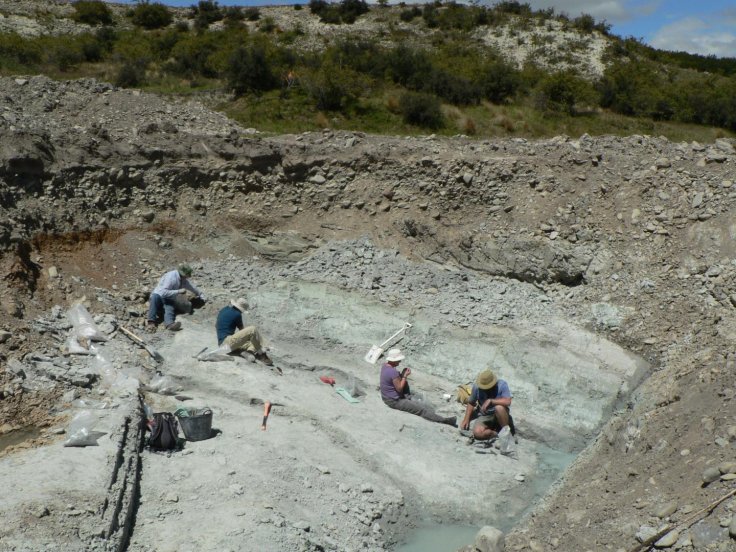
Archaeologists found an ancient man's remains dating back to medieval Italy and surprised to see a knife attached to his arm, in the place of an amputated hand.
The skeleton was found in a Longobard necropolis in the northern Italy, where Lombards or Longobards, a Germanic people ruled most of the Italian Peninsula from 568 to 774.
Archaeologists also found hundreds of human skeletons, including a headless horse and several greyhounds. But this particular skeleton made it more interesting to the researchers because of its uniqueness.
Science Alert reported that after analysing the skeleton, archaeologists estimated the man's age to be around 40 to 50 when he died. His right arm, which was found with a knife, had been amputated around the mid-forearm. They received evidence which shows that the man lived with the same condition for a long time.
This study was led by archaeologist Ileana Micarelli of Sapienza University in Rome. It was determined that that man's hand was removed by blunt force or trauma but the researchers could not reveal how it might have happened.
The study was published in the Journal of Anthropological Sciences, where researcher Micarelli said, "One possibility is that the limb was amputated for medical reasons; perhaps the forelimb was broken due to an accidental fall or some other means, resulting in an unhealable fracture."
"Still, given the warrior-specific culture of the Longobard people, a loss due to fighting is also possible," it stated.
Further examination showed that the man suffered biomechanical pressure, which had reshaped his both bones to form a callus and a bone spur on the ulna. Researchers presume that such pressure might have been applied by a prosthesis.
The teeth of the deceased showed loss of enamel and a bone lesion indicating that the man had worn the teeth far down on the right side of the mouth with evidence of bacterial infection. Researchers claimed that there is a possibility that he might have used his teeth to tighten the straps that held it in place.
His shoulders also had developed a C-shaped structured bone from holding the shoulder in an unnatural position that helps to tighten the prosthesis in the mouth.The burial ground has skeletons of other males with their weapons laid at their side.
Other findings include a D-shaped buckle and decomposed organic material, that looked like a leather. Unable to determine its use, researchers found that it was used as a leather cap over the amputated hand, in addition to a buckle used for fastening and a knife attached to the cap.
The team of the archaeologists wrote in the paper: "This Longobard male shows a remarkable survival after a forelimb amputation during pre-antibiotic era. Not only did he adjust very well to his condition, he did so with the use of a culturally-derived device, along with considerable community support."
"The survival of this Longobard male testifies to community care, family compassion and a high value given to human life," it concluded.









